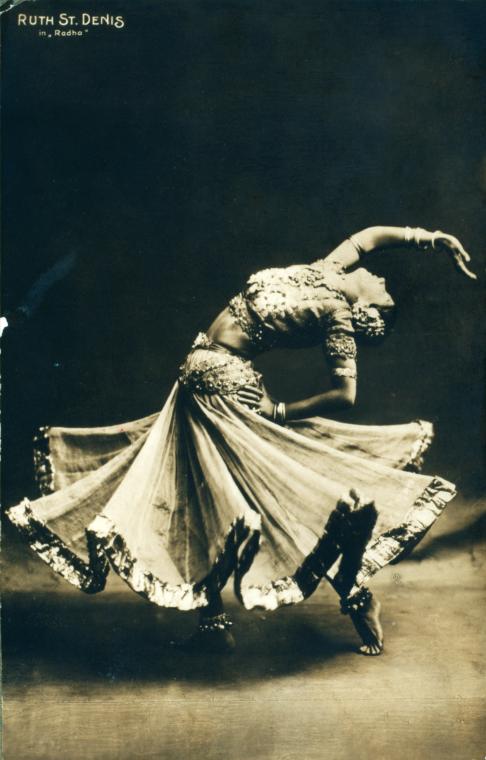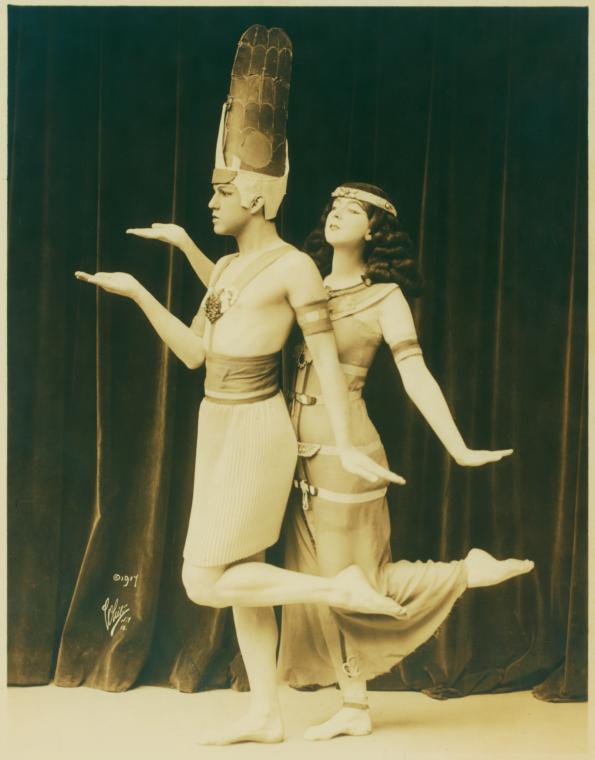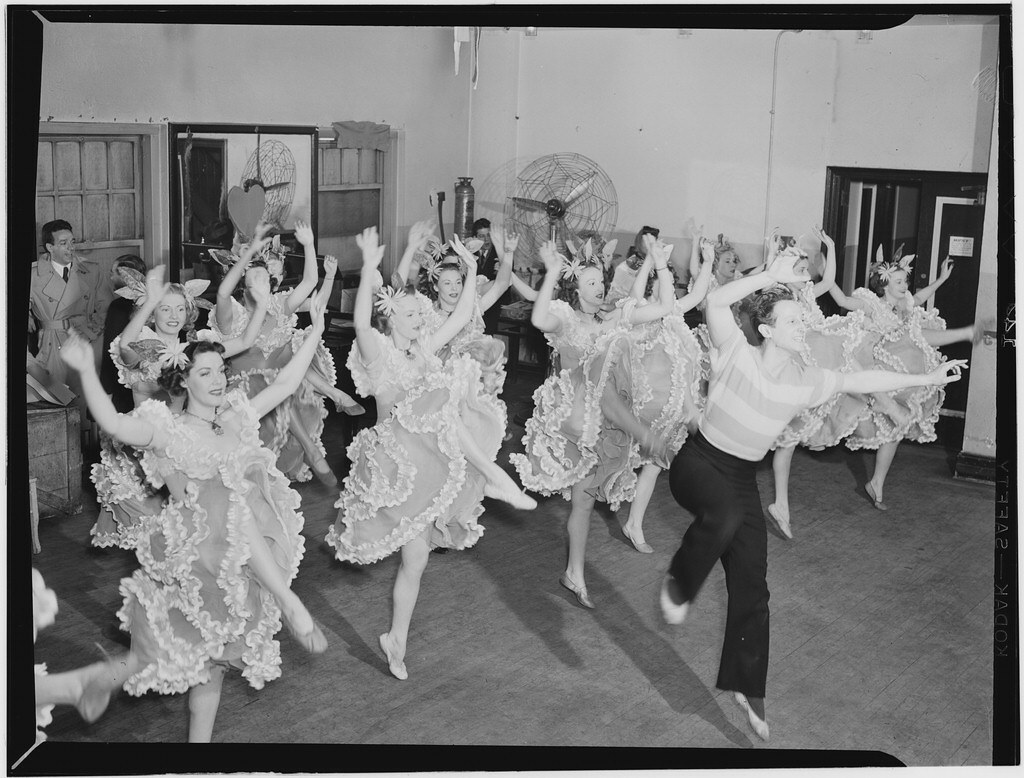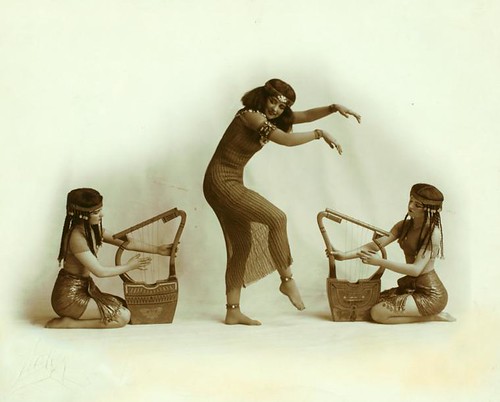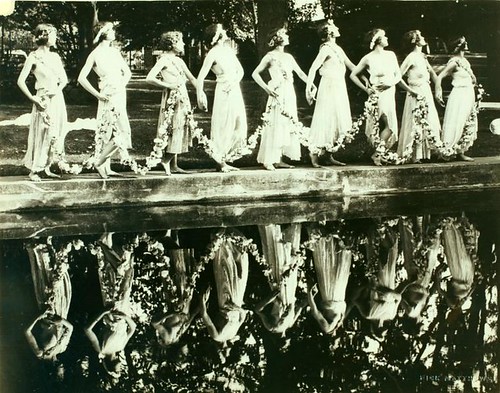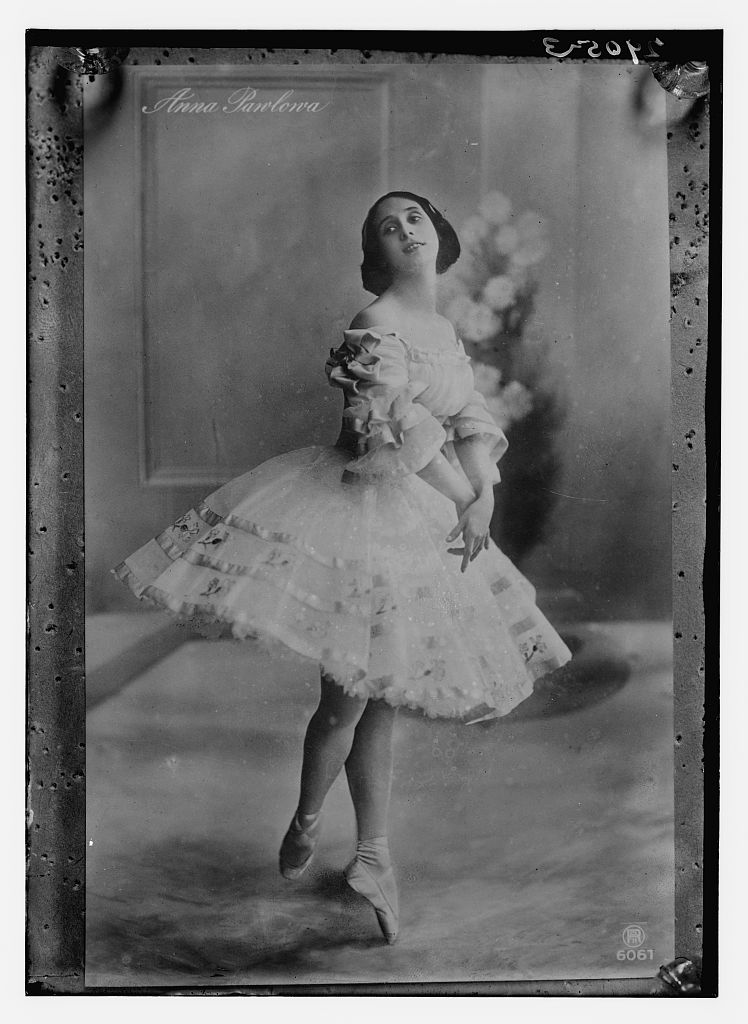 |
| Dancer Anna Pavlova, from the Library of Congress |
You know how it is: you see a dancer try something new that elicits zagahreets and wild applause from the audience, and you're dying to try it out. Except you can't quite get it right: either you don't quite have the skill for it, you're not certain of how she pulled it off, or your body is just physically incapable of doing that move. Obviously, that makes you an inferior dancer, right?
Of course it doesn't! First of all, every dancer is different--and yes, as trite as it may seem, every dancer is special in her own unique way. Second, if another dancer starts a trend, every other bellydancer is going to start imitating her, and suddenly you're one of many. You don't want to be just another face in the crowd, right?
You should always play to your strengths. If you can't do something as well or better than another dancer, so what? Bellydance has tons of other movements you can use. You shouldn't beat yourself up because you can't do a perfect Turkish drop or popping and locking just aren't making sense to you.
"But every bellydancer should be able to execute that move!" you might say. But the beauty of bellydance is that you don't have to do everything perfectly. Sure, you should get the posture in your sleep, and be able to do the basic movement vocabulary. But after that, the dance is yours. You can't do a backbend like Rachel Brice (and who can, really?), but you still know the mechanics of one, and if you physically can't do a move, why would you want to hurt yourself and risk your dance career?
Instead of worrying about what you can't do well, think about what you can do well. For instance, I have a back injury and will probably never be able to do a backbend. But I have strong legs and great hands. So I concentrate my performances on level changes that make the most of my leg strength, and beautiful hand movements that really show off all the work I've done practicing my flureos. Sure, sometimes when I see a really great backbend, I get jealous, but then I go home and work on the things that I know I can do well, and I feel better about my abilities as a dancer.
As a performer, your job is to present yourself in the best light, which means using every tool in your arsenal to make yourself look good. Knowing what you're best at, physically and mentally, is a big part of that, even if it means giving up on never achieving what a stronger or more flexible dancer can. However, if you concentrate on what you're good at, it's a good bet that no one will care.
About Anna Pavlova:
Anna Pavlova was a Russian ballet dancer from the early 1900s. The ballerina of her time was a strong, compact dancer, and Anna was gangly with weak ankles, and thus, wasn't able to perform choreography the same way as other dancers. Nevertheless, she often revised her performances, and even her pointe shoes, to suit her strengths, and ended up bringing back the style of romantic ballet, eventually winning audiences over with her graceful, ethereal look. She eventually formed her own company and died in 1931, at the age of 41, after refusing a life-saving operation that promised to end her dance career forever.
